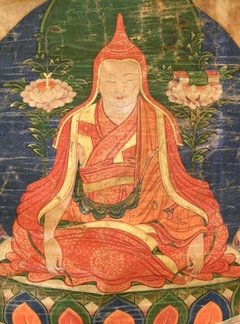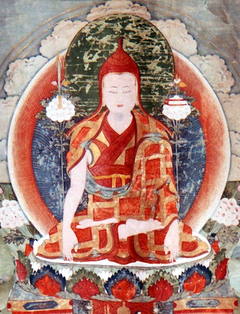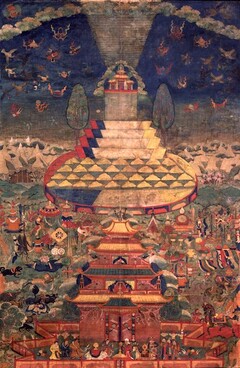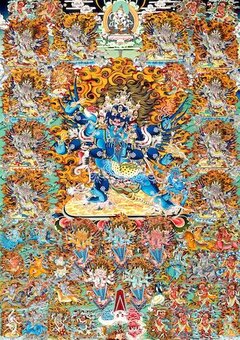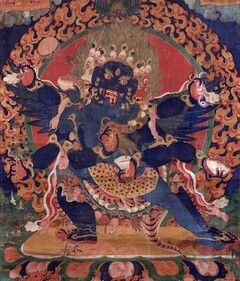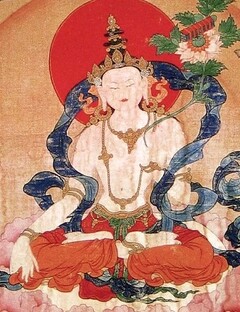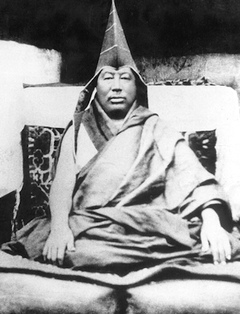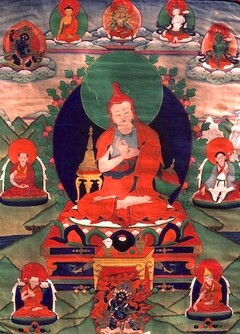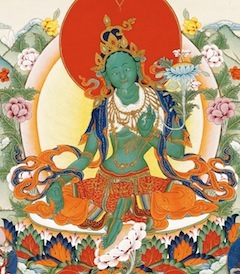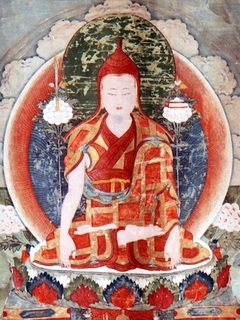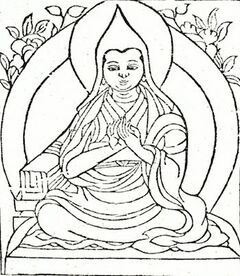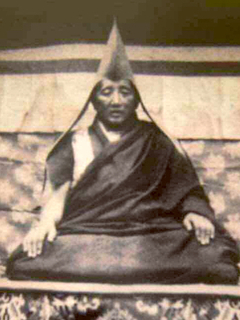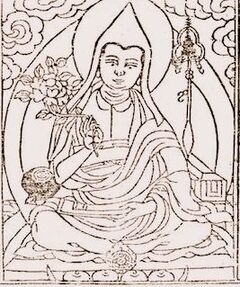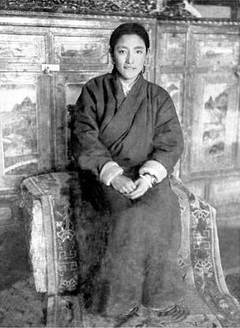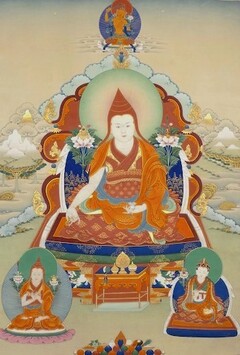
A word-by-word commentary on the Ultimate Inexpressible Confession practice—popularly known as Yeshe Kuchokma—which is the fourth chapter of the Immaculate Confession Tantra. The commentary belongs to the Collection of Discourses (gtam tshogs) section of Jigme Lingpa's writings.
This lineage prayer for the secret cycle of the Zabmo Yangtik continues for several generations beyond Longchen Rabjam, down to Sönam Rinchen of Katok.
Belonging to the Lama Yangtik, these are the seven preliminary contemplations of: 1) impermanence, 2) temporary and lasting happiness, 3) manifold conditions, 4) the futility of ordinary enterprises, 5) the qualities of buddhahood, 6) the guru's instructions, and 7) non-conceptuality.
This maṇḍala offering from the Lama Yangtik is appended to The Clouds of Twofold Accumulation and is also found in the Chetsün Nyingtik section of the Rinchen Terdzö.
Chatral Rinpoche compiled this description of the visualization for the mantra recitation of the Longchen Nyingtik's Vajrakīlaya, Overpowering the Forces of Māra (Phurba Düpung Zilnön) by extracting excerpts from Jigme Lingpa's Tantra System Vajrakīlaya (Gyüluk Phurba).
Other recent additions
A sādhana for the Kagyé (bka’ bgyad) practice from The Three Sections of the Great Perfection (rdzogs chen sde gsum) revealed by Chokgyur Dechen Lingpa at the Lotus Crystal Cave (padma shel phug) in 1857.
A simple practice of White Mañjuśrī from a collection of practices that incorporate the syllable a, the epitome of the Prajñāpāramitā.
Simple advice on the cause and effect of actions, the benefits of exchanging happiness for suffering, and the necessity of reciting the Seven-Line Prayer and Vajra Guru mantra.
In response to a question from his heart-disciples Tsöndrü Yungdrung, Ngok Lekpé Sherab, and Dromtön Gyalwé Jungné, Jowo Atiśa outlines the core principles of mind training or lojong in twenty-one pithy statements. The advice was recorded in a work entitled Miscellaneous Sayings of the Kadam Masters (bka' gdams gsung thor).
A brief ritual for the descent of blessings (byin 'bebs) in connection with Lama Norlha, which is part of the Tukdrub Barche Kunsel cycle (thugs sgrub bar chad kun sel) within the Chokling Tersar.
A prayer to the lineage of The Profound Essence of Tārā (zab tig sgrol chog), the practice of Green Tārā which was revealed as a mind treasure by Terchen Chokgyur Dechen Lingpa (1829–1870).
This seven-line prayer to Longchen Rabjam (1308-1364) was composed at the request of Karme Khenpo Rinchen Dargye (b. 1835).
Seven verses of advice on the nature of the ground, path and fruition and the techniques of view, meditation and conduct.
Verses of advice stressing the importance of maintaining ethical discipline, generating a vast altruistic motivation and diligently practising the Great Perfection.
Highlights from Archive
This is among the best known and most commonly taught commentaries on the popular mind training slogans. The author, famous for his Thirty-Seven Practices of the Bodhisattvas, writes in the style of the pith instructions, in plain and simple language.
Jamyang Khyentse offered these words of heart-advice, encapsulating the entire Buddhist path, to Khandro Tsering Chödrön (1929–2011), his spiritual consort.
Featured Topic
Texts on the theme of nonsectarianism, impartiality or the absence of sectarian bias, a central ideal of the so-called nonsectarian or rimé (ris med) movement that blossomed in nineteenth-century Kham.
26 texts
* Lotsāwa ལོ་ཙཱ་བ་; lo tsā ba n. Title used for native Tibetan translators who worked together with Indian scholars (or paṇḍitas) to translate major buddhist texts into Tibetan from Sanskrit and other Asian languages; it is said to derive from lokacakṣu, literally "eyes of the world". See also paṇḍita.
Lotsawa House is registered in the UK as a Community Interest Company (#14358325), a category of company which exists primarily to benefit a community or with a view to pursuing a social purpose, with all profits having to be used for this purpose.

